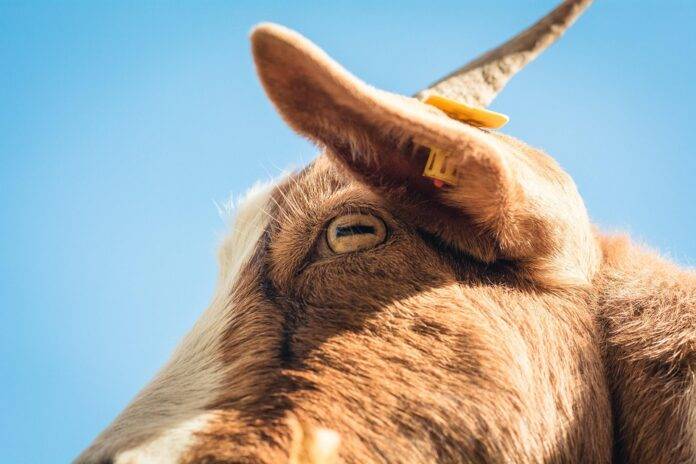Climate Change and Goat Farming Challenges and Adaptation Strategies
Goat farming is a crucial sector in the agricultural industry, providing meat, milk, and fiber to millions of people worldwide. However, this sector is facing a significant challenge due to climate change. As global temperatures rise and weather patterns become more unpredictable, goat farmers are encountering various challenges that threaten the sustainability of their operations. In this report, we will explore the specific challenges faced by goat farmers due to climate change and discuss adaptation strategies to mitigate these challenges while maintaining operational efficiency and profitability.
Challenges Faced by Goat Farmers
Climate change has a direct impact on the environment, which, in turn, affects the health and well-being of goats. Rising temperatures can lead to heat stress in goats, affecting their productivity and overall health. Extreme weather events such as droughts, floods, and storms can disrupt feed availability, water supply, and shelter for goats, leading to reduced growth rates, lower milk production, and increased mortality rates.
Moreover, changes in rainfall patterns can affect the availability of grazing lands and fodder for goats, further exacerbating the feed shortage issue. Climate change also increases the prevalence of diseases and parasites in goats, requiring farmers to invest more in veterinary care and disease management.
Adaptation Strategies for Goat Farmers
To address the challenges posed by climate change, goat farmers must adopt various adaptation strategies to ensure the sustainability of their operations. These strategies include:
1. Improving Water Management: Implementing water harvesting techniques such as rainwater harvesting, constructing ponds, and installing drip irrigation systems can help goat farmers ensure a stable water supply for their herds, especially during drought periods.
2. Diversifying Feed Sources: Goat farmers can mitigate the impact of feed shortages by diversifying their feed sources. Planting drought-resistant forage crops, establishing silage pits, and investing in haymaking equipment can help farmers ensure a continuous supply of nutritious feed for their goats.
3. Enhancing Heat Stress Management: Providing adequate shade, ventilation, and cooling systems in goat shelters can help farmers alleviate heat stress in goats during hot weather. Additionally, adjusting feeding schedules and offering electrolyte supplements can help goats cope with high temperatures.
4. Implementing Disease Prevention Measures: Goat farmers should prioritize disease prevention by implementing biosecurity measures, vaccinating their herds, and practicing proper hygiene and sanitation in their farms. Regular health monitoring and prompt treatment of sick animals can help prevent disease outbreaks and reduce mortality rates.
Financial Implications
Adapting to climate change comes with a cost, and goat farmers must carefully consider the financial implications of implementing adaptation strategies. The initial investment in infrastructure, equipment, and improved management practices can be substantial, but the long-term benefits of increased productivity, reduced losses, and enhanced resilience can outweigh the costs.
According to a study by the Food and Agriculture Organization (FAO), goat farmers who adopt climate-smart practices can increase their income by up to 30% compared to traditional farming methods. By investing in climate-resilient technologies and practices, goat farmers can not only mitigate the impact of climate change but also improve their profitability and sustainability in the long run.
In conclusion, climate change poses significant challenges to goat farming, but with the right adaptation strategies and investments, goat farmers can overcome these challenges and ensure the sustainability of their operations. By improving water management, diversifying feed sources, enhancing heat stress management, and implementing disease prevention measures, goat farmers can build resilience to climate change and secure a profitable future for their businesses.




